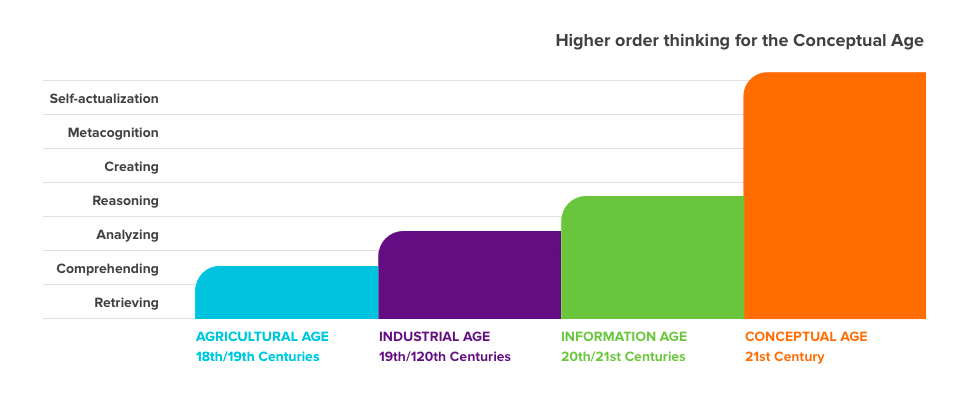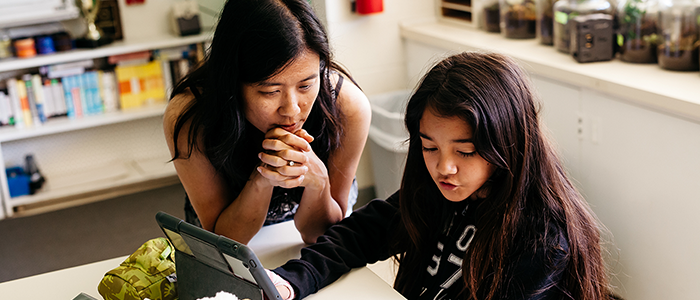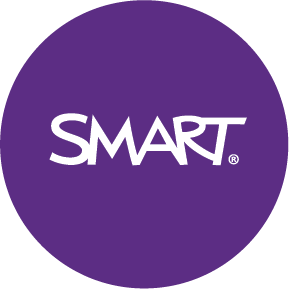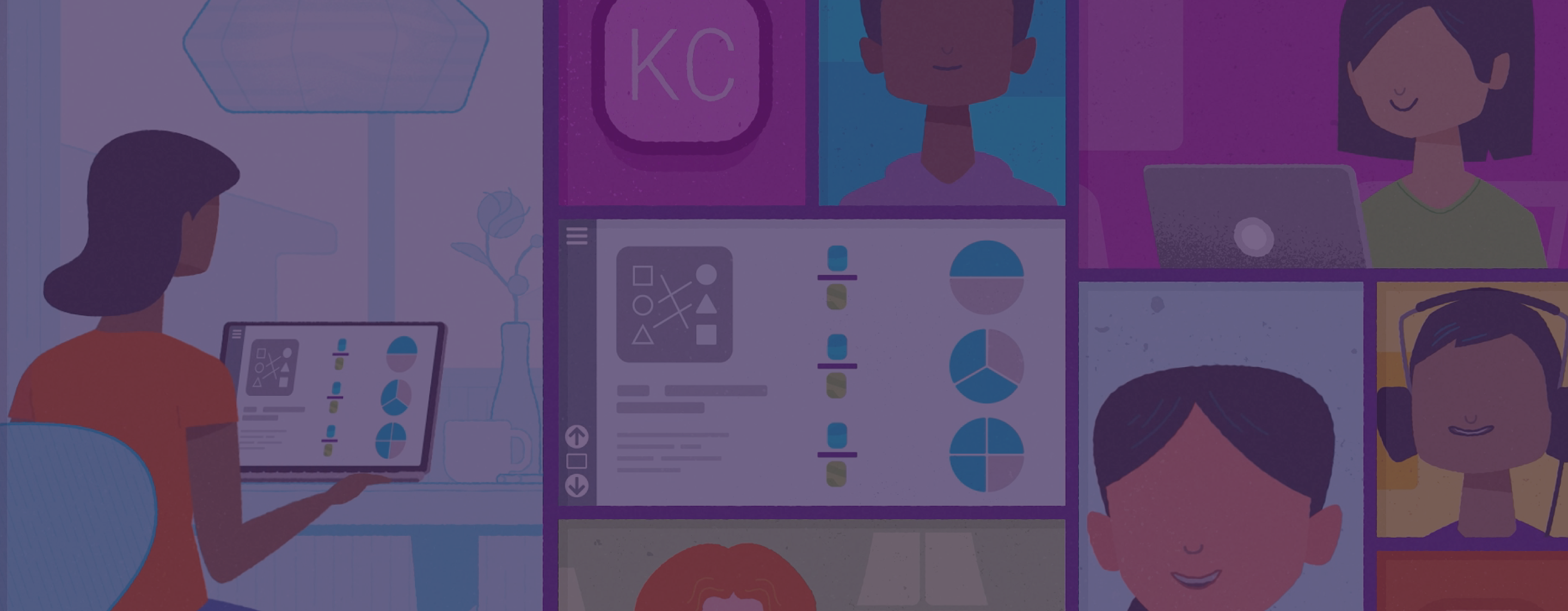Bob Dylan sang to us that times they are a-changin’… and they really are. Nowhere is this more evident than in the classroom.
For more than a century we embraced a remarkably unchanging system of education. This, as many of us have experienced first hand, largely revolved around the basic structure of a teacher controlling the environment from the front of a physical classroom room and assessing knowledge acquisition through a basic pen-and-paper testing system.
But things have transformed in the past decade, and especially in the past year. We are now well and truly in the Knowledge Age – and it’s crucial that education keeps the pace to ensure students don’t get left behind.
Understanding the ages
What exactly is the Knowledge Age, you might be asking? Good question. After slowly dragging ourselves through the Agricultural and Industrial ages, we finally arrived at first the Information Age in the late 20th century (dominated by the introduction of the World Wide Web) and are now in the Knowledge Age, also sometimes called the Conceptual Age or Industry 4.0.

We live in an era where ideas are the main source of economic growth and development, rather than tangible resources such as physical labor or money. Experiences and knowledge are everything, and the ability to think critically is essential if you want survive, and even thrive.
Education is key
Naturally, education is a vital cog in this new conceptual machine and there’s never been a more important time to offer students an agile and adaptable way of learning.
This is where Blended Learning comes in. This evolving education approach shifts learning away from the old teacher-focused model and instead puts the students front and center. As they should be.
Technology is an important part of this style of learning, as it allows students to take control of the parameters of their own education and provides teachers with the means of providing a more rounded level of engagement. But a purely technological approach comes with many risks and cannot work on its own.
Blended is the way forward
This is why a blended approach, combining the access and opportunity of technology with the support and personalization of face-to-face learning, is undoubtedly the way forward. This balance is what will allow educators to harness and leverage the opportunities of the Knowledge Age and, in the process, provide the next generation with an education on a level never seen before.








